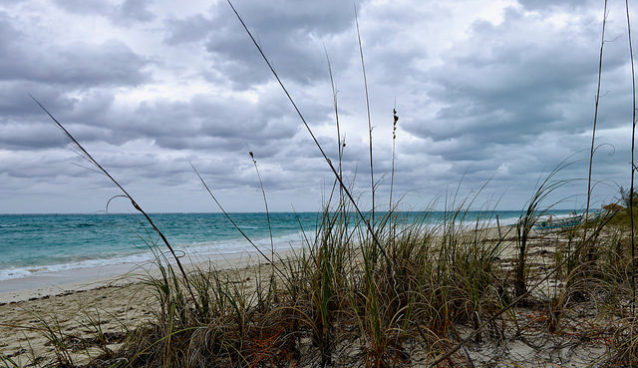Revolutionary War Loyalists Left Mark on Turks and Caicos Islands

Not everyone supported American independence in 1776. Some colonists remained loyal to England throughout the conflict. During the war they were treated well and protected by the British but after George Washington’s victory at Yorktown, the supporters of the revolution scorned the loyalists openly and in some cases did harm to their property and to them.
It was clear that the British needed to evacuate the loyalists after the treaty of peace between America and Great Britain was signed. The Crown needed to find a new home for them so it gave them land in territories it still controlled. In many cases, the land was located in the Caribbean, most notably in the Turks and Caicos Islands (TCI).
Wade Stubbs was arguably the most famous and successful British loyalist to come to the Turks and Caicos Islands. In 1789, King George III granted Stubbs land in North Caicos as compensation for the losses he suffered during the Revolutionary War.
Stubbs’ land grant included 860 acres on which he built a cotton plantation. While initially called Bellefield Plantation, it was later renamed Wade’s Green. Loyalist crops of long staple Sea Island cotton were initially very successful, and the cotton was considered among the best in the world. In 1791, the Caicos islands exported 260 tons of cotton.
Citing his success, Wade convinced his brother Thomas Stubbs to establish his own cotton plantation in Providenciales in the late 1700s to raise cotton. While Cheshire Hall was initially successful, totaling five thousand acres and employing hundreds of slaves, Thomas eventually sold it to his brother Wade.
While free property in the Turks and Caicos Islands sounds attractive today, the conditions on the islands are harsh for agriculture. Crops were ravaged by hurricanes, infestations like Boll Weevil, poor soil, and other challenging growing conditions. In the end, most of the loyalists abandoned their plantations and returned to Britain without their slaves.
Wades Stubbs was one of the few to remain. When he died in 1822, Wade Stubbs owned more than 8,000 acres across the Caicos Islands as well as 384 slaves. Because many of his former slaves took the Stubbs surname, it remains one of the most common local family names, according to the website Visit Turks and Caicos Islands.
Tourists can still visit the ruins of several plantations, including Wades Green in North Caicos and Cheshire Hall Plantation in Providenciales. Although the areas have not been well-preserved, visitors can still see a number of stone structures, including a great house, slave quarters, and kitchen. Both sites have plaques identifying the buildings as well as local vegetation.
